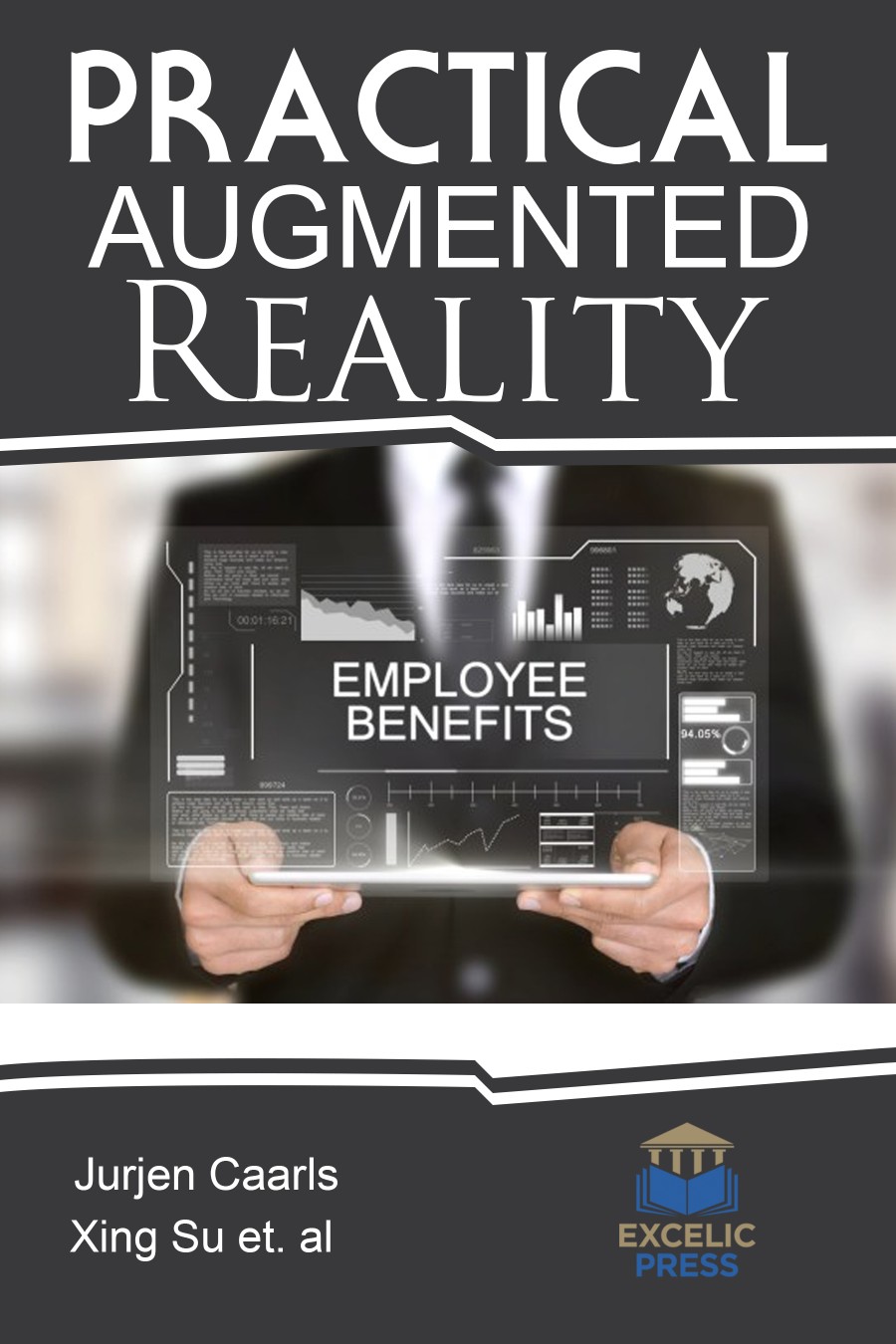Augmented reality (AR) is regarding embedding digital information to the real world. It is another medium for communication between people and machines. Augmented reality is presently going through a massive international hype. Although augmented reality has been around for years, it wasn’t until Android and iOS smartphones came equipped with GPS, camera and AR capability that augmented reality came into its own with the public. This technology combines virtual reality with the real world in the type of live video imagery that is digitally improved with computer-generated graphics. AR can be experienced through headsets that people wear and through displays on mobile devices. AR applications can become the backbone of the education industry. Apps are being developed which embed text, images, and videos, in addition to real–world curriculums. Printing and advertising industries are developing apps to display digital content on top of real world magazines. With help of AR, travelers can access real-time information of historical places just by pointing their camera viewfinder to subjects. AR is helpful in development of translation apps that can interpret text in other languages for you.
Practical Augmented Reality aims to understand the practical aspects in augmented reality and see how it fits into real world applications. It presents an approach for developing Augmented Reality systems for Art, Design & Cultural Heritage and integrated E-learning systems, helping to carry out the practical work by establishing a virtual laboratory that all tools and products can be manipulated by learners and teachers like in real practical activity, based on an augmented reality system. It will present examples of state-of-the-art display configurations, appropriate real-time rendering techniques, details about hardware and software implementations, and current areas of application. Furthermore, it presents techniques for projector based augmentation of geometrically complex and textured display surfaces, and methods for achieving consistent illumination and occlusion effects. Emerging technologies that have the potential of enhancing future augmented reality displays will be surveyed.













